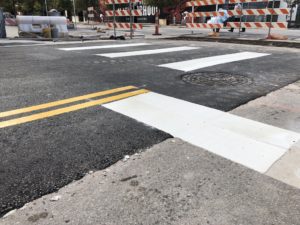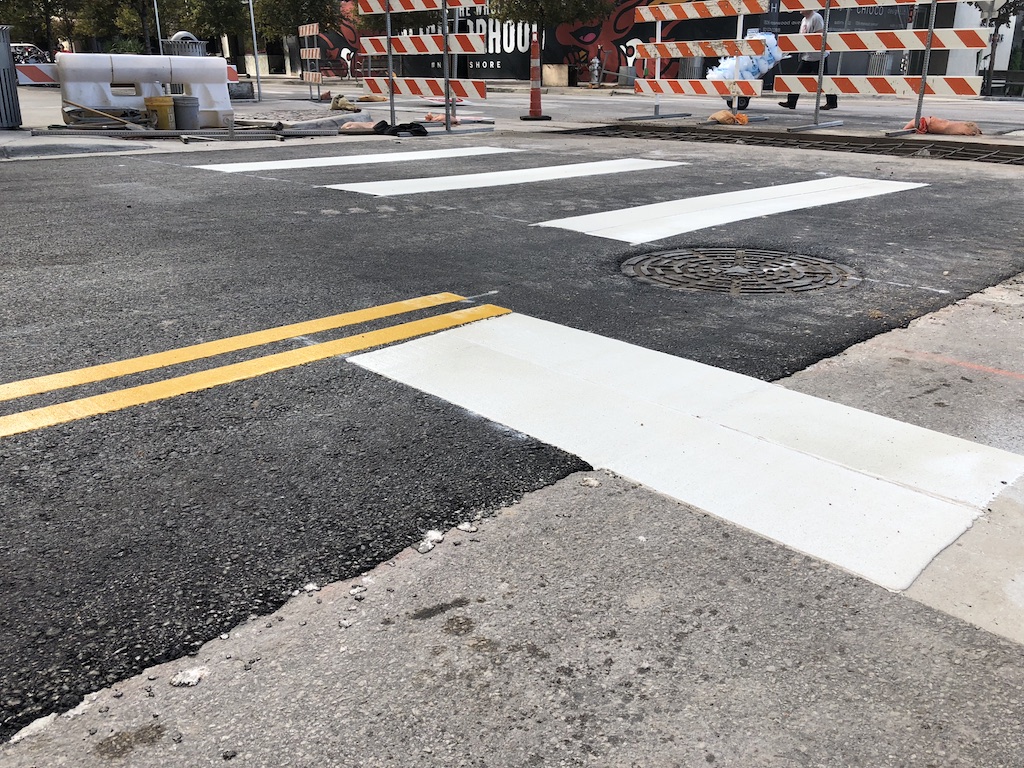 After it became obvious in the early 20th century that drivers needed some guidance, several states began painting lines down the center of city boulevards and rural highways. By 1917, hand-painted centerlines had become increasingly common. Paint remained the primary material used for road markings for most of the 1900s. However, a superior material for marking parking lots and roadways has appeared in relatively recent years: thermoplastic.
After it became obvious in the early 20th century that drivers needed some guidance, several states began painting lines down the center of city boulevards and rural highways. By 1917, hand-painted centerlines had become increasingly common. Paint remained the primary material used for road markings for most of the 1900s. However, a superior material for marking parking lots and roadways has appeared in relatively recent years: thermoplastic.
Thermoplastic Pavement Markings
What Are Thermoplastic Pavement Markings?
Thermoplastics are polymers that are moldable or pliable when heated to specific temperatures. They then solidify when they cool. Thermoplastic pavement markings usually contain a mix of elastomers, binder resins, plasticizers, pigments, fillers, and glass beads.
What Are the Advantages of Thermoplastic Pavement Markings?
Thermoplastic markings offer several significant advantages over traditional painted markings.
1. Thermoplastic markings last longer than painted markings. Depending on the traffic and the type of paint, painted markings typically last no more than two years. Thermoplastic markings can last three or four times as long.
2. The glass beads in thermoplastic markings increase visibility, especially at night or when the pavement is wet. The superior reflectivity enhances safety.
3. Thermoplastic is oil-resistant, so it is less likely to incur damage when vehicles leak petroleum-based fluids onto the pavement.
4. Road closures are minimized in terms of both length and time. Traffic jams are less likely to occur, keeping drivers happier.
5. Thermoplastic markings have excellent adhesion to both asphalt and concrete pavements.
6. Thermoplastic markings do not emit any volatile organic compounds.
How Are Thermoplastic Markings Applied?
The exact method depends on the scope of the job and the type of markings. In general, however, the material is heated to at least 400 degrees Fahrenheit in a melting kettle. The liquid material is then placed in a sprayer or extruder for application.
Why Is the Choice of a Contractor Especially Critical for Thermoplastic Markings?
Thermoplastic and painted markings require different equipment and skills. An inexperienced contractor, for example, might not realize the proper thickness of thermoplastic to apply, and if the layer is too thin, the job will not have the same longevity. If the thermoplastic material is not hot enough, it can fail to establish an adequate bond, so contractors must carefully monitor the temperature of the material throughout the job. Some contractors do not know when it is necessary to grind away existing markings or use another removal method. Choosing a reputable, knowledgeable contractor is the best way to guarantee high-quality, durable markings.
At Alpha Paving, we know how to apply thermoplastic markings to roadways and parking lots, and we have the necessary equipment and skills to ensure quality results. We also offer line removal and grinding, concrete and asphalt repairs, street maintenance, asphalt paving, sealcoating, and asphalt overlays. We work with a variety of customers, including airports, subdivisions, municipalities, shopping centers, office complexes, industrial facilities, shopping malls, retailers, religious institutions, apartment complexes, and health care facilities. Free quotes are available by calling 512-677-9001 or submitting the online request form.






